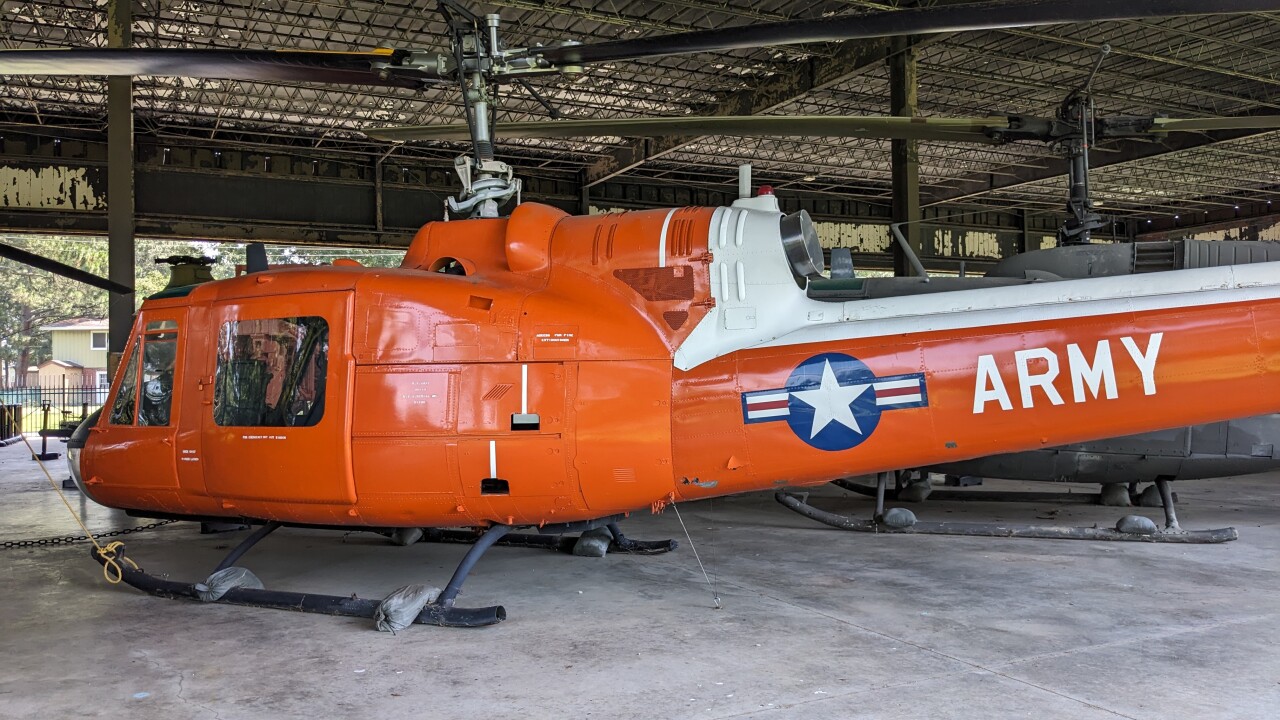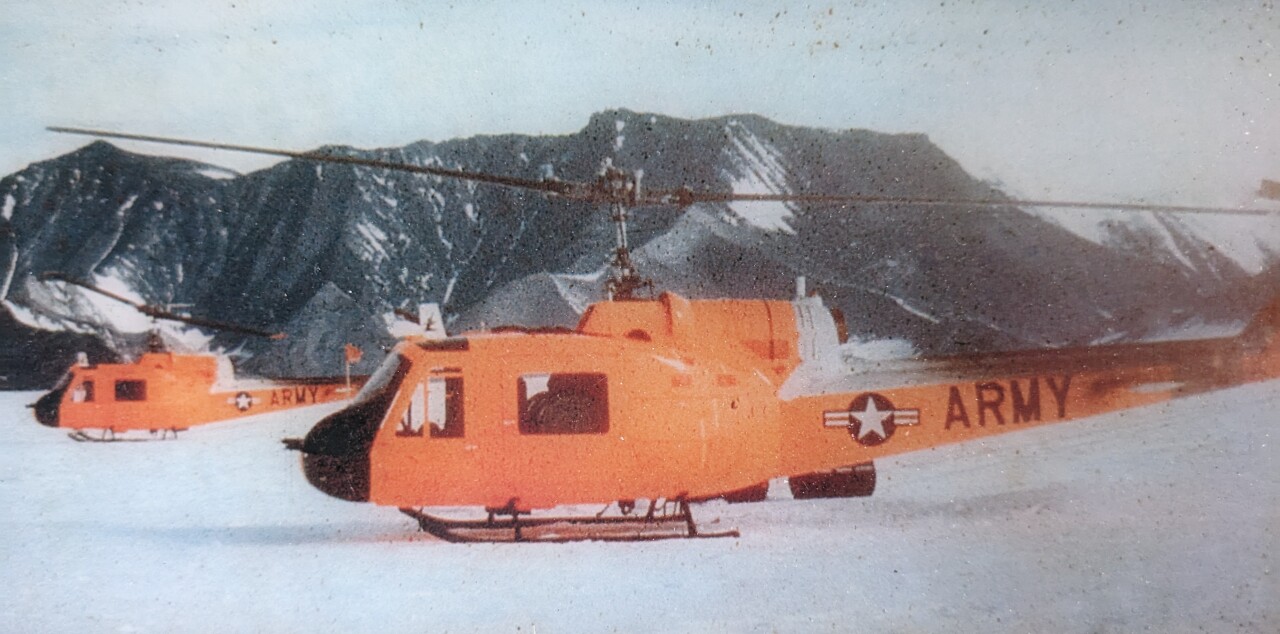FORT EUSTIS, Va. — I recently visited the U.S. Army Transportation Museum to check out a piece of military history with a local connection.
When you hear the words “army transportation”, you probably picture jeeps, tanks, or aircraft painted dark green. So why is this Huey helicopter orange?

"The Army does that when it's not expected to be a combat vehicle," says Matthew Fraas, Education Specialists at the U.S. Army Transportation Museum. "If they're using it for testing, or for some other kind of experiment, they will paint it orange. That way, the enemy knows it's not a combat thing. But more importantly, if something goes wrong, during that testing, bright orange will stand out quite clearly against any kind of backdrop."
In February of 1963, this helicopter was one of three to make the first rotary wing flight to the geographic South Pole.

"The Army does things other than train for war or fight in wars. A lot of times, they participate in various experiments, or even in some cases, scientific expeditions." says Fraas.
It was part of Operation Deep Freeze and even though the mission took place over 8,000 miles away, it does have a local connection.

"We actually had a whole military command that was devoted to supporting the Army's activities at the north and the south poles, Army Arctic Command was based here at Fort Eustis."

The U.S. Army Transportation Museum is open Tuesday to Saturday from 9 a.m. to 4:30 p.m. Admission is free. The museum is located on Joint Base Langley-Eustis.






